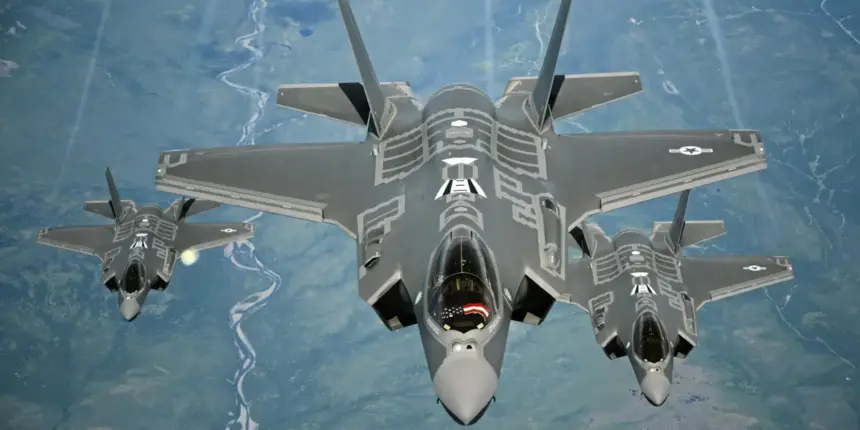When the October War of 1973 erupted, Israel held a clear advantage over Egypt in both air power and armoured forces. At the time, Israel possessed the American-made Phantom and Skyhawk aircraft—then the crown jewels of U.S. aviation—outclassing Egypt’s most advanced MiG-21 and Sukhoi-7 jets in range, armament, combat systems, and air endurance. In armoured warfare, Tel Aviv fielded American Patton and British Centurion tanks, both boasting superior armour and 120-mm guns capable of firing a wide array of munitions, while Egypt relied primarily on the T-55 and a small number of T-64 tanks equipped only with 105-mm guns.
Yet despite this imbalance, Egypt achieved a historic victory—on land, sea, and air. More than that, the Egyptian soldier rewrote military theory by using SAM-6 shoulder-launched missiles to down advanced aircraft, and Malyutka anti-tank guided missiles to destroy heavily armoured vehicles, after having already overcome one of the most formidable defensive barriers in modern military history with water pumps. That war demonstrated decisively that victory in major conflicts is not won by firepower alone, but by the fighting spirit of soldiers and the justice of their cause.
Today’s frenzied rush to acquire the American F-35 stealth fighter is what has reopened this file. Several Arab actors are seeking to procure the most advanced weapons systems—spending hundreds of billions of dollars—merely to claim that they “possess” them. In reality, since the end of the October War, most weapons used in the region have not targeted a principal enemy; they have mostly been used to intimidate local or regional rivals in service of external agendas. Thus, much of the weaponry certain states are racing to acquire will never be used, rendering the funds spent a direct and gratuitous subsidy to U.S. arms manufacturers. At best, such acquisitions are premature investments meant for potential future threats.
To date, several institutions in the United States oppose providing these actors with F-35 fighter jets. Even if President Trump were to approve such transfers, Congress would still need to ratify any sale. Moreover, the transfer of such highly sensitive technology comes with binding conditions, including demonstrated cybersecurity capabilities, the construction of U.S.-standard hangars, and the hosting of American technical crews who will operate and maintain the aircraft. It is worth noting that a regional state previously failed to meet these requirements, despite Trump’s approval during his first term.

Even if all conditions are met, the requesting states would then join the global waiting list for the aircraft—a process that means the first F-35 units would not arrive for five to seven years. Added to that are the technological and operational restrictions imposed by the U.S. Department of Defence on foreign recipients to prevent sensitive technologies and electronic systems from leaking to unintended actors. This often results in exporting downgraded variants compared with those used by the U.S. or Israeli Air Forces.
On the other hand, Israel—the very party these states cite as the justification for their pursuit of the F-35—receives its aircraft directly from U.S. military stockpiles without waiting in line. For example, during the Gaza war, Washington provided Tel Aviv with weapons worth $30 billion, according to Defence Express, more than half of which came straight from U.S. military warehouses. Within weeks, four squadrons of attack helicopters were delivered, along with a full complement of Sikorsky helicopters replacing the ageing Yasur fleet, two squadrons of F-35 jets, two to three squadrons of F-15EX aircraft, at least two additional Sa’ar 6 vessels, and advanced defensive systems such as the Arrow-4 and Arrow-5 interceptors.
Meanwhile, Israeli military sources confirmed to Walla that the United States possesses a classified capability to track any F-35—whether on the ground or in the air. They can monitor the aircraft’s flight path and even control its mission remotely, from pre-flight preparation to authorisation for takeoff, mission execution, or mission abort.
The United States has also reportedly promised Tel Aviv participation in producing the next-generation American fighter—Boeing’s F-47—which integrates artificial intelligence, drone capabilities, and satellite-linked systems. This future aircraft will focus on ground-strike missions, intelligence gathering, and electronic warfare, with a top speed exceeding Mach 2, surpassing that of the F-35. It is expected to begin flight operations by 2030.
After receiving sufficient assurances that its air superiority would not be compromised, Israel began playing the game it masters: manoeuvring between all parties while keeping its own options open. The United States is eager to maintain a fragile ceasefire in Gaza, Arab states are anxious to obtain the F-35, and Tel Aviv positions itself exactly where it has always excelled: at the centre of the equation. Netanyahu remains silent because he understands that a single reckless statement could either provoke Washington or fracture his already unstable coalition. His ministers, meanwhile, perform loud political theatrics, declaring that a Palestinian state will “never” exist. Their outbursts serve as a protective curtain behind which Netanyahu advances his strategy without exposing himself to direct confrontation.
In the end, whether these tensions conceal a backstage understanding or reflect Israel’s growing dependence on Washington’s final word, the outcome remains the same: a region caught in a perpetual arms race, where not every state that purchases weapons is capable of using them for the threats they claim to fear. This is the persistent paradox at the heart of the Middle East’s fascination with military power—a fascination that continues to drain resources and inflate illusions, even as the landscape itself grows more uncertain and volatile.
Dr. Hatem Sadek – Professor at Helwan University


